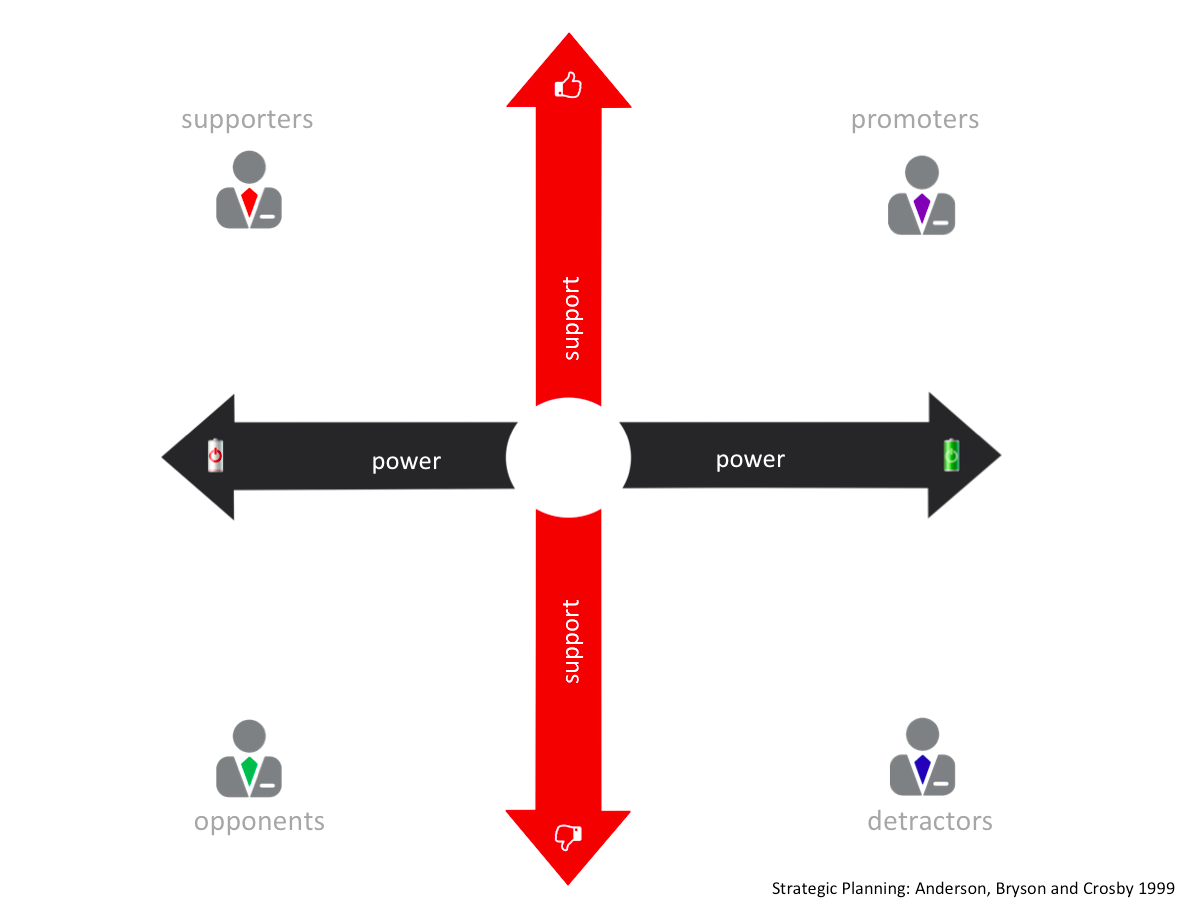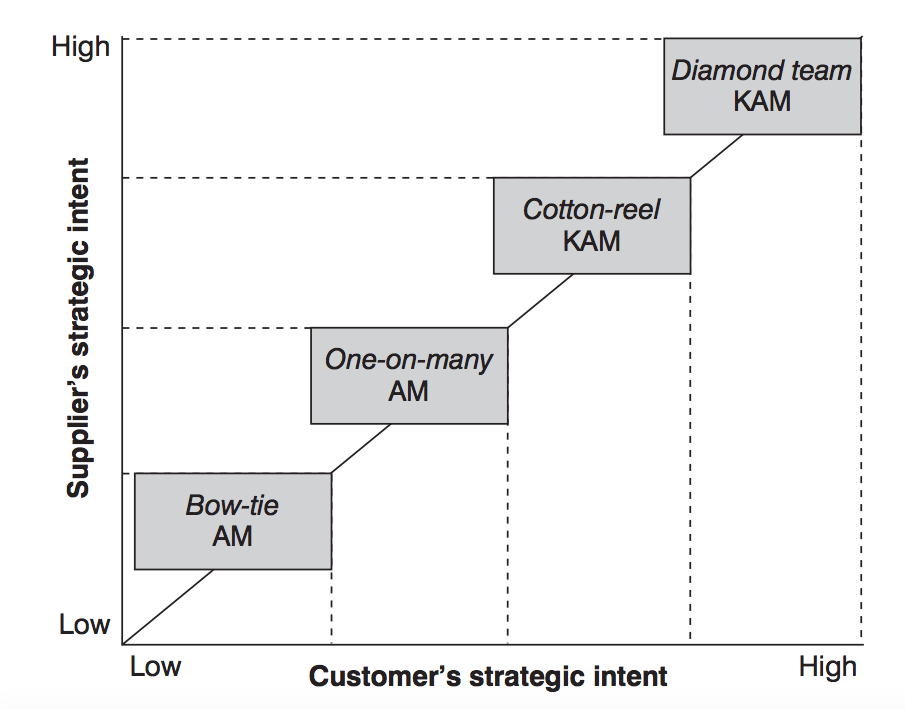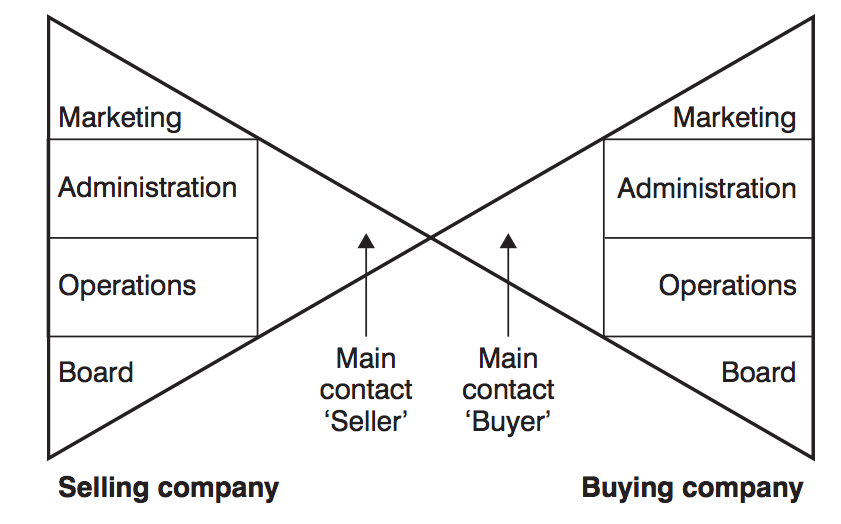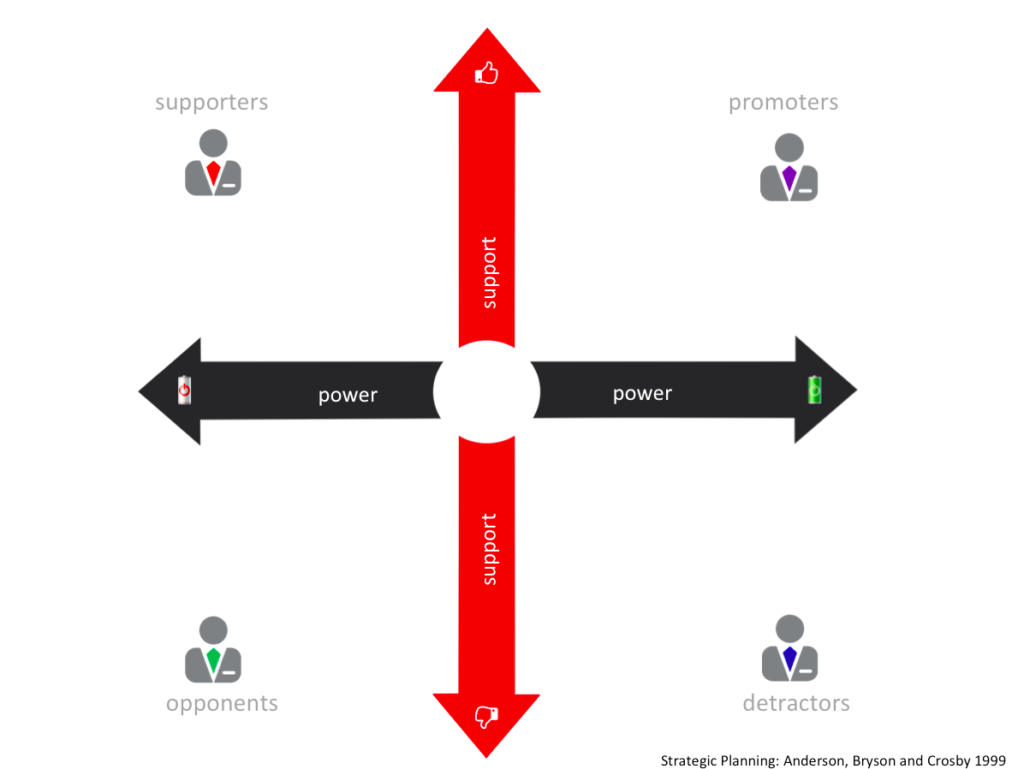Business-to-business sales relationships (“B2B”) differ from Business-to-consumer sales relationships (“B2C”) by virtue of the different target segments they service. B2B vendors sell into other businesses whilst B2C target consumers. It is from this segmented focus that the two strategies differ.
How Do Business-to-Business Sales Differ?
Business-to-business sales are likely to be larger in terms of volume, economic value and complexity than business-to-consumer sales. Volume and therefore economic value increases can be because the purchasing company may purchase the product or service for multiple sites or employees. Business-to-business sales relationships are more complex because they typically involve a number of stakeholders in the buying organisation who will make a collective decision to make the purchase. Each with differing needs, risks and opinions, the stakeholders in the buying unit need to be collectively managed through the purchasing process. Ultimately the purchasers must justify the purchase to other members of the buying organisation, and this creates internal competition for limited budgets.
The complex buying unit is often mirrored in the sales organisation by a team of people who sell and provide the product or service. Having peer to peer contacts between the buying and selling organisation means that relationships can be built and information can flow more freely. Both of these benefits can facilitate the sales process.
Managing Business-to-Business Sales Relationships
The complexity involved in business-to-business sales means that the relationship needs to be managed. The vendor will manage the sales through their sales people who may have roles such as sales person, account manager, or key account manager. The need for relationship management has also lead to the proliferation of purchasing departments, who have a reciprocal role to sales, and source products and services from other businesses. What might be called business-to-business purchasing. Business-to-business sales and purchasing are the points of contact who enter into negotiations over the products and services in question.
In his book ‘Key Account Management’, Peter Cheverton has developed four business-to-business sales relationship models, the ‘bow-tie’, the ‘one-on-many’, the ‘cotton-reel’ and the ‘diamond’. These can be used to explain the types of relationships that companies have in the purchasing process and the limitations of different approaches. The approaches are largely due to the amount of investment each side wants to make in the transaction:
Here we’ll look at three of these models as these are the three that crop up most.
Bow Ties
Sales where the sales person has a single point of contact in the purchasing organisation is called ‘Bow Tie’ relationship:
This is probably the most common sales relationship model. It requires less investment from both sides and so is more suited to lower value transactional purchases.
One to Many
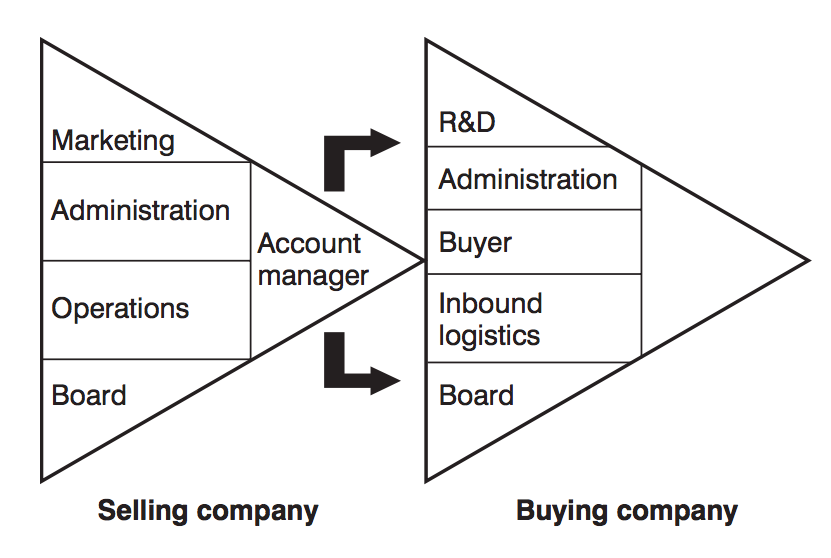 The one to many sales model is a more advanced selling model. This is often taught in ‘strategic selling’ sales training classes. In this model the sales person escapes the restrictions of the bow-tie, and establishes direct contact with a number of relevant stakeholders in the buyer organisation. This model requires more investment and so is suited to larger value and more complex deals.
The one to many sales model is a more advanced selling model. This is often taught in ‘strategic selling’ sales training classes. In this model the sales person escapes the restrictions of the bow-tie, and establishes direct contact with a number of relevant stakeholders in the buyer organisation. This model requires more investment and so is suited to larger value and more complex deals.
Diamond
Sales where the whole selling organisation links into the whole buying organisation are called ‘Diamond’ relationships: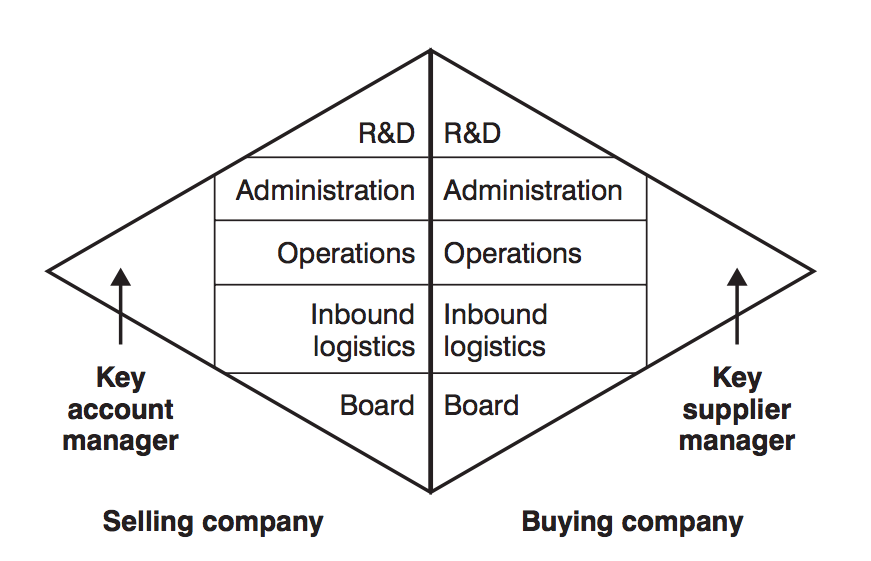
This is the most expensive approach to relationship selling as it has the maximum investment from both sides. Typically relationships like this are partnerships.
Channel Sales
Both B2B and B2C sales models can be executed through a channel sales model. This is also known as an indirect sales model, which differs from direct selling. Channel selling is a way for B2B models to reach the B2C market through distributors or value added re-sellers VARS.
Business-to-Business Sales Relationships Strategies
In any complex sale, the ability to manage business-to-business sales relationships is key. A tool to build strategies for managing the individual relationships is the stakeholder map. Using the stakeholder map will help accelerate your sales performance in three key areas:
- We know that successful sales people are obsessive about knowing their customers. The stakeholder map helps you to know to a much deeper level the individuals that make up the decision making unit.
- It will allow you to create strategies to ensure the parties are aligned in a coalition behind your solution. In our increasingly interconnected world, decisions are made in an interconnected way. Great sales people succeed because they can align complex decision making units behind their solutions.
- When you have all members of the decision making unit aligned in a coalition behind your solution, you are more likely to win the deal, beat the competition and be able to charge a premium.
The stakeholder mapping technique was developed by Anderson, Bryson and Crosby in 1999. It’s a great tool for developing an understanding of the stakeholder positions and their influence on the outcome of the deal. The aim is to secure a coalition of stakeholders powerful enough to secure the adoption of your solution:
The decision making authority is not to be confused with organizational authority. The CEO may have delegated decision making authority to a subordinate. The way to tell if the person is a decision maker or deal approver is to ask how many times the decision typically goes back and forth between them. Many times and they are the decision maker, few and they are a deal approver.
Conclusion
Business-to-business sales are likely to be larger in terms of volume, economic value and complexity than business-to-consumer sales. Because of this complexity, there is a need to manage the relationships between the buying and selling organisations. This can be done using Peter Cheverton’s relationship models and the stakeholder map by Anderson, Bryson and Crosby.

